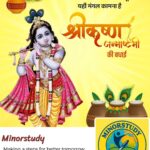Dahi Handi Festival: History, Facts, Significance, and Its Impact on Life
Dahi Handi is one of the most vibrant and energetic festivals celebrated in India, particularly in Maharashtra, as part of Krishna Janmashtami. It marks the playful and mischievous deeds of Lord Krishna, especially his love for butter and curd. Observed with great enthusiasm, Dahi Handi involves forming human pyramids to break an earthen pot filled with curd, butter, and milk, replicating Krishna’s childhood pastime of stealing butter from Gokul homes.
The festival is a perfect blend of devotion, cultural celebration, community spirit, and fun, bringing together people of all ages to celebrate the divine leelas (playful acts) of Lord Krishna.
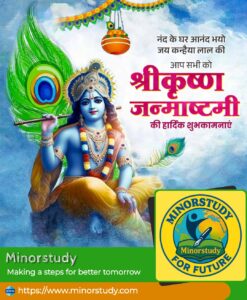
History of Dahi Handi Festival
The origins of Dahi Handi trace back to ancient Hindu mythology, particularly the stories of Krishna’s childhood described in the Bhagavata Purana. Krishna, known for his mischievous nature, often stole butter and curd from the houses of Gokul. To recreate this playful act and honor Krishna’s leelas, the tradition of Dahi Handi emerged.
Over time, Dahi Handi became an organized public celebration, particularly in Maharashtra, coinciding with Janmashtami, Krishna’s birthday. The festival celebrates not just Krishna’s divine mischief but also teamwork, courage, and devotion.
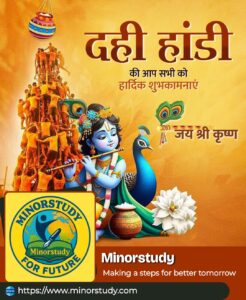
Fun and Interesting Facts About Dahi Handi
Human Pyramids: The highlight of the festival is forming tall human pyramids to reach the hanging pot and break it, symbolizing teamwork and bravery.
Competitive Spirit: Modern Dahi Handi events have become competitive, with prizes and cash rewards offered to winning teams.
Community Participation: People from all ages participate, promoting community bonding and social harmony.
Record-breaking Events: Some human pyramids reach over 30 feet, showcasing strength, coordination, and daring feats.
Cultural Connection: Dahi Handi is closely associated with Krishna Janmashtami, emphasizing devotion, festivity, and cultural heritage.
Musical Celebrations: The festival is accompanied by drums, folk songs, and bhajans, creating a lively and energetic atmosphere.
Global Celebration: While most prominent in Maharashtra, Dahi Handi events are now celebrated in Indian communities worldwide, especially among the diaspora in USA, UK, and UAE.
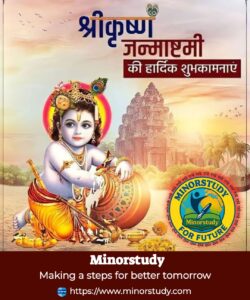
Timeline of Dahi Handi Festival
Ancient Period: Butter stealing stories of Krishna documented in Bhagavata Purana and other texts.
Medieval Period: Local communities in Maharashtra started organizing Dahi Handi events as part of Janmashtami.
19th Century: The festival became a larger community celebration with organized human pyramids.
Modern Era: Dahi Handi has evolved into large public events with media coverage, sponsorships, and competitive prizes.
21st Century: Safety measures, public awareness, and global celebrations have enhanced the festival’s reach.
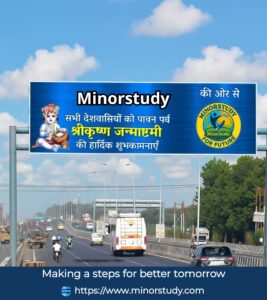
FAQs About Dahi Handi
Q1: What is the significance of Dahi Handi?
A: It celebrates Lord Krishna’s childhood pastime of stealing butter, symbolizing joy, teamwork, courage, and devotion.
Q2: When is Dahi Handi celebrated?
A: It is celebrated on Krishna Janmashtami, usually falling in August or September.
Q3: How is Dahi Handi performed?
A: A clay pot filled with curd, butter, or milk is hung at a height. Teams form human pyramids to break the pot, accompanied by music and celebration.
Q4: Is Dahi Handi celebrated outside Maharashtra?
A: Yes, while Maharashtra is the festival’s epicenter, Indian communities worldwide celebrate it with similar zeal.
Q5: Are there prizes for Dahi Handi teams?
A: Yes, modern Dahi Handi events often offer cash prizes, gifts, and recognition for successful teams.
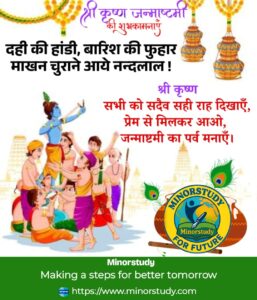
Significance of Dahi Handi
Spiritual Significance: Celebrates Krishna’s playful leelas, reminding devotees of divine joy and devotion.
Community Spirit: Promotes teamwork, coordination, and collaboration among participants.
Cultural Preservation: Preserves folk traditions, songs, and dances associated with Krishna Janmashtami.
Youth Engagement: Encourages young people to participate, promoting fitness, bravery, and discipline.
Moral Lessons: Krishna’s acts teach virtues of cleverness, sharing, joy, and overcoming challenges with strategy and unity.

Observance and Celebration
Human Pyramid Formation: Teams form multi-level pyramids to break the earthen pot (handi).
Folk Music and Dance: Celebrations include drums, bhajans, and Raslila performances, enhancing the festive mood.
Prizes and Recognition: Local organizations and community leaders reward successful teams, promoting friendly competition.
Safety Measures: Modern festivals emphasize helmets, mats, and supervision to prevent injuries.
Community Gatherings: People gather to watch, cheer, and participate, making it a socially engaging event.
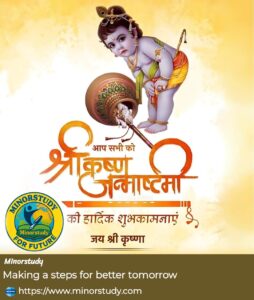
Daily Life Impact
Encourages Physical Fitness: Preparing for human pyramids promotes strength, balance, and agility.
Enhances Teamwork: Participants learn coordination, trust, and leadership skills.
Boosts Community Engagement: Residents collaborate in organizing and celebrating, strengthening social ties.
Cultural Education: Children and youth learn about Krishna’s stories, folklore, and traditions.
Festive Joy: The event brings happiness, excitement, and a sense of belonging to participants and spectators alike.
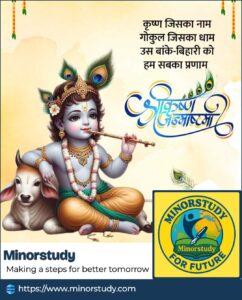
Wishing Ideas
“Wishing you a joyous and adventurous Dahi Handi festival filled with teamwork and devotion!”
“May the spirit of Krishna’s playful leelas inspire courage and happiness in your life. Happy Dahi Handi!”
“Celebrate the vibrant energy of Dahi Handi with fun, devotion, and community joy!”
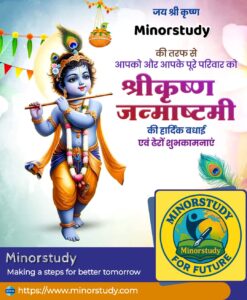
Key Points to Remember
Dahi Handi celebrates Lord Krishna’s playful childhood deeds of stealing butter.
Observed on Krishna Janmashtami, especially popular in Maharashtra.
Involves forming human pyramids to break a clay pot filled with curd or butter.
Encourages teamwork, courage, devotion, and cultural preservation.
Combines music, dance, and community participation, making it a lively festival.

Conclusion
The Dahi Handi festival is a vibrant celebration that blends devotion, cultural heritage, and community spirit. By recreating Krishna’s playful acts, the festival teaches lessons of teamwork, courage, and joy, while preserving age-old traditions and folk arts.
Beyond entertainment, Dahi Handi inspires physical fitness, moral values, and social unity. It fosters a sense of belonging and strengthens community bonds, making it an essential part of Krishna Janmashtami celebrations. Observing this festival allows society to honor cultural heritage, spiritual devotion, and collective joy, ensuring that the playful spirit of Krishna continues to inspire generations.
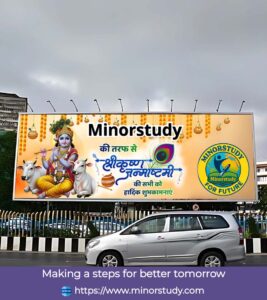
Daily Life Impacts:
Promotes physical fitness and teamwork.
Strengthens community bonds and cultural engagement.
Inspires moral and spiritual values through Krishna’s leelas.
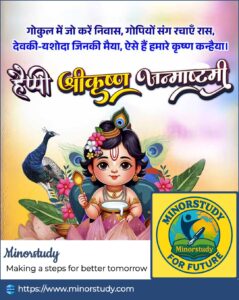
Significance to Society:
Preserves Indian cultural and spiritual heritage.
Encourages community cooperation, youth engagement, and festive joy.
Promotes ethical, moral, and social learning through devotional traditions.


